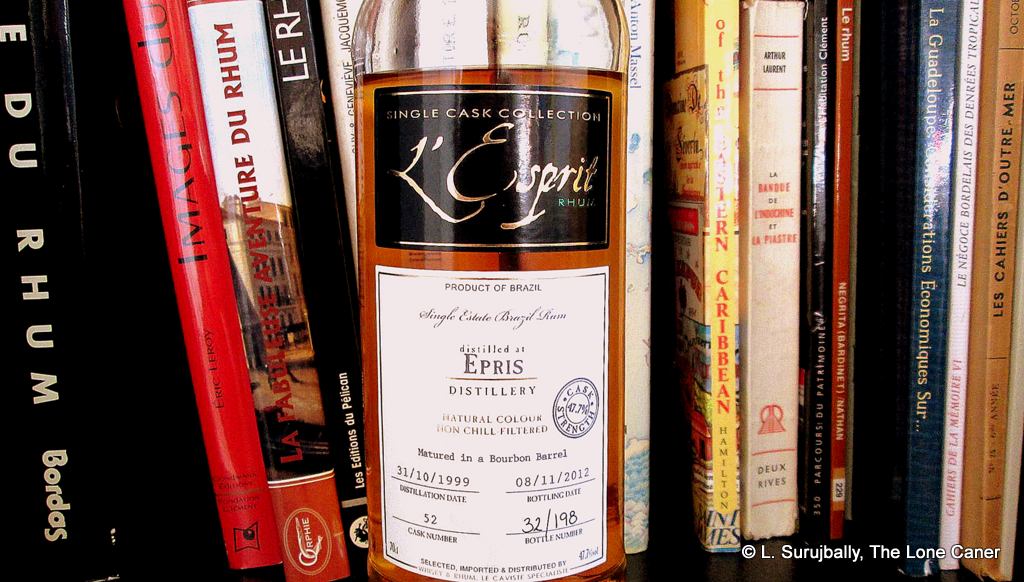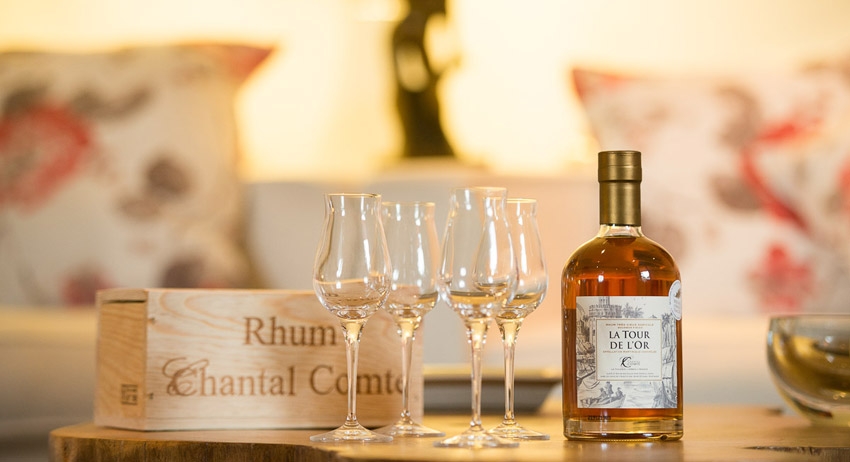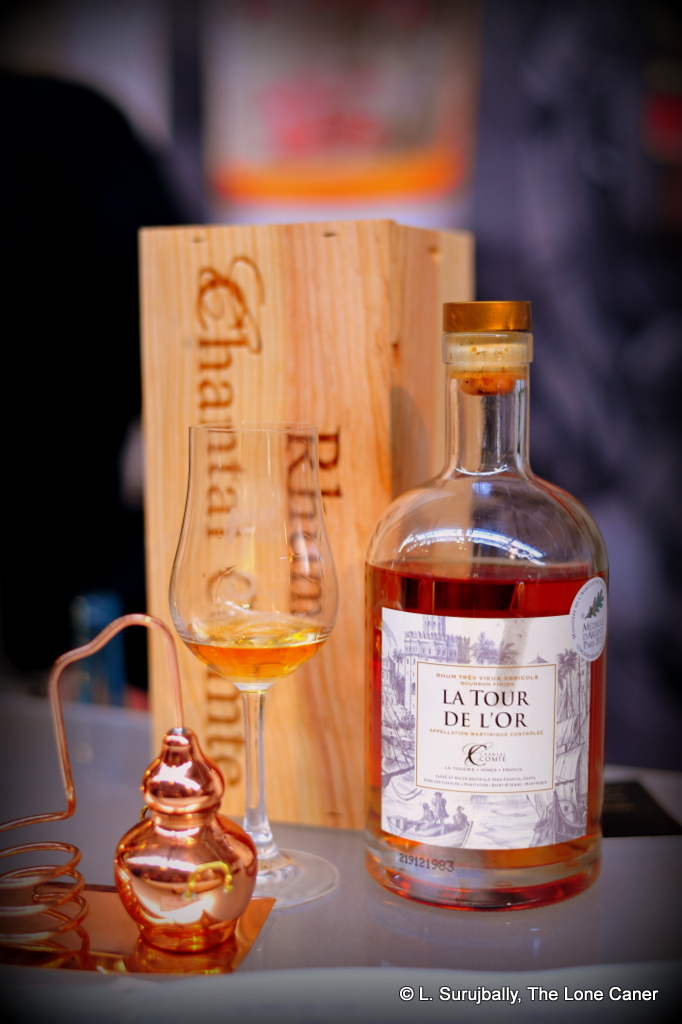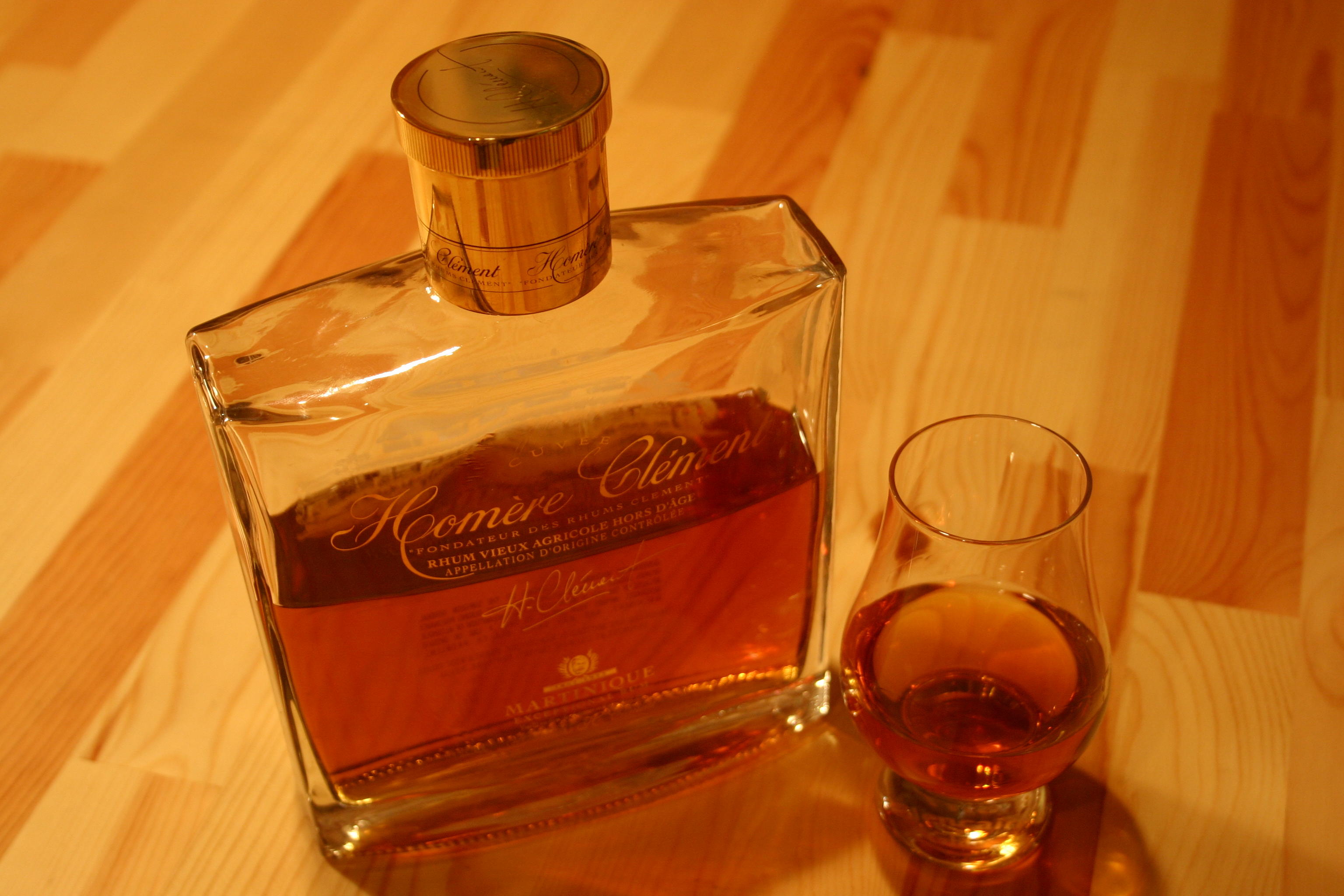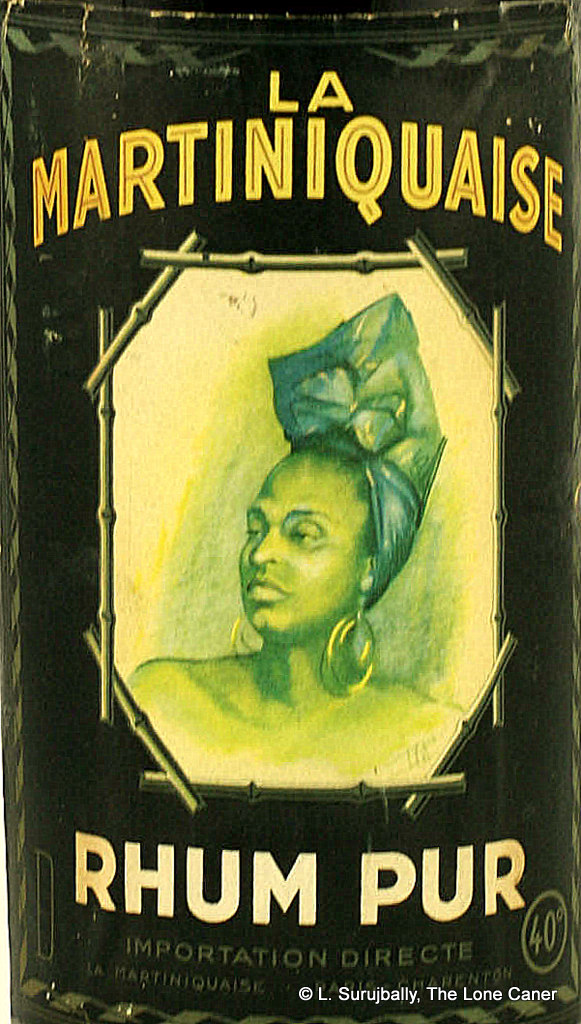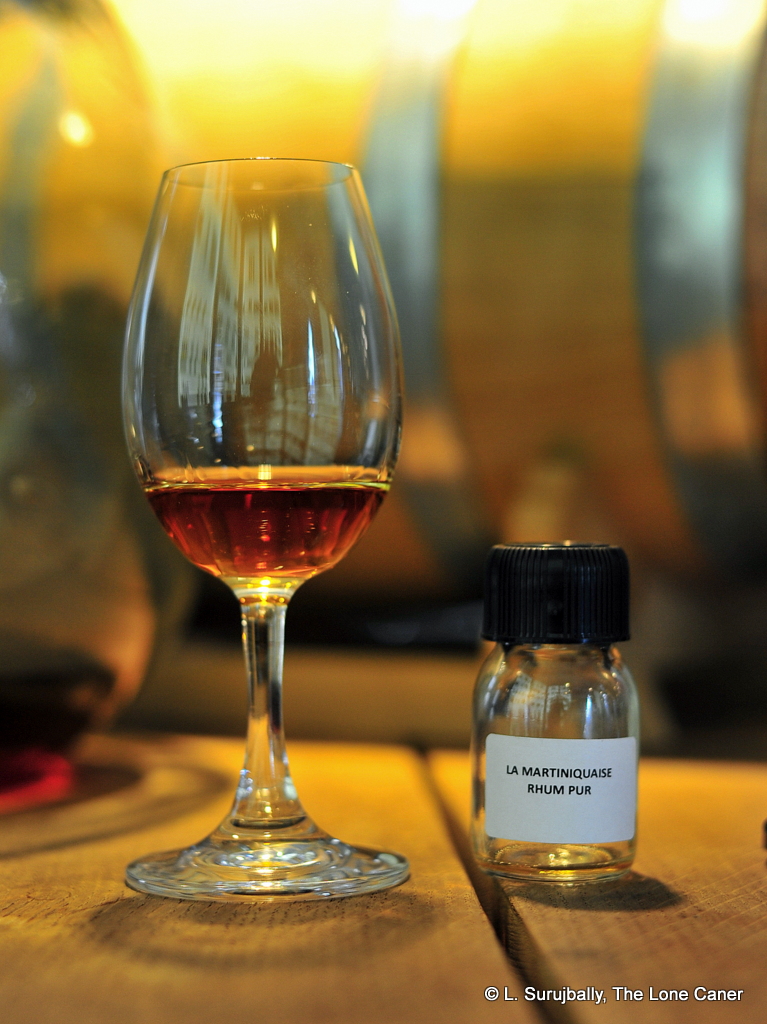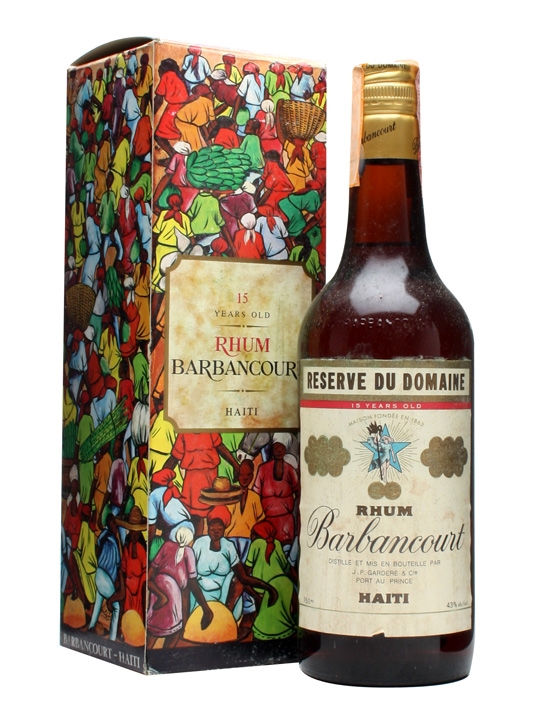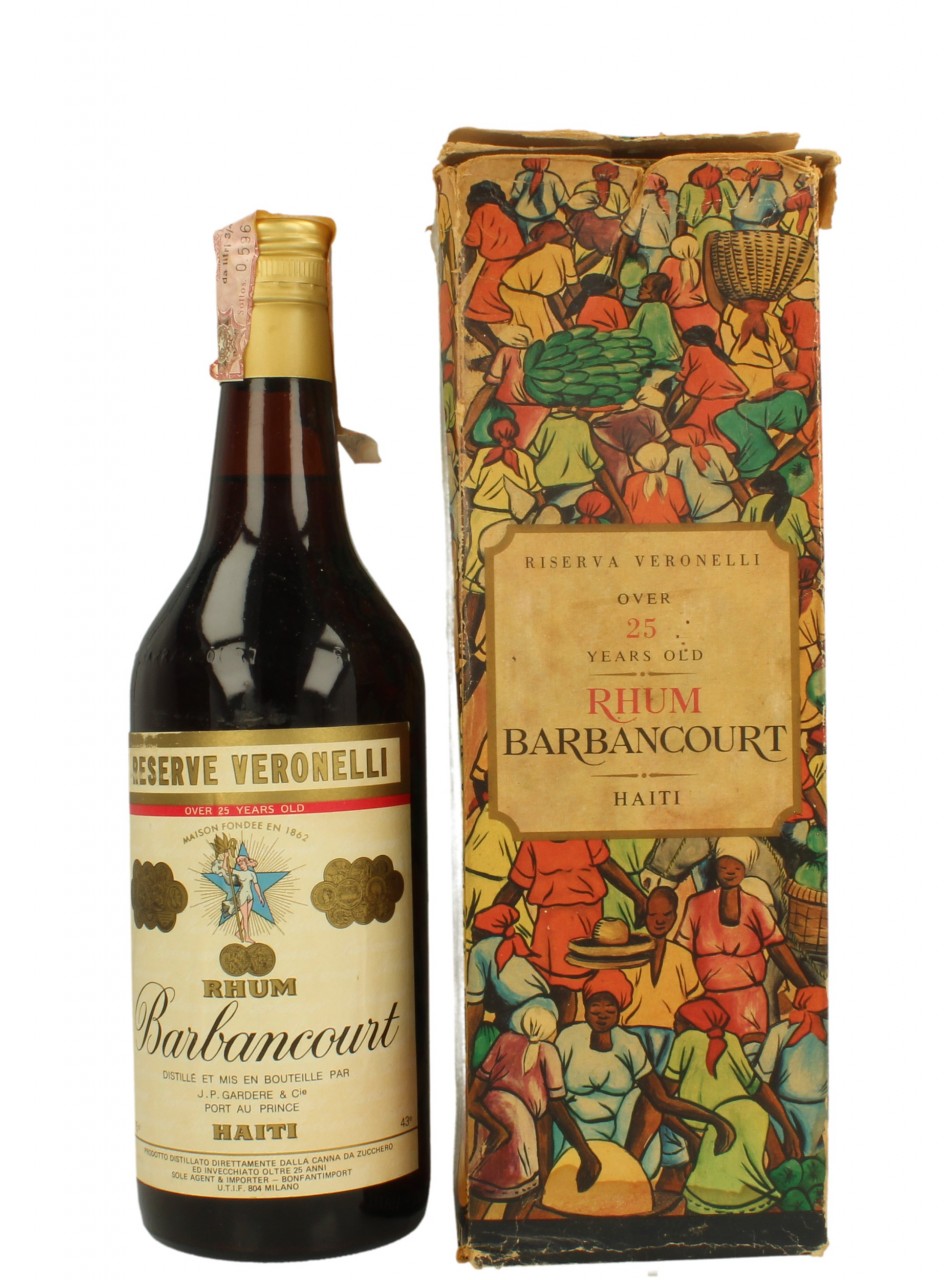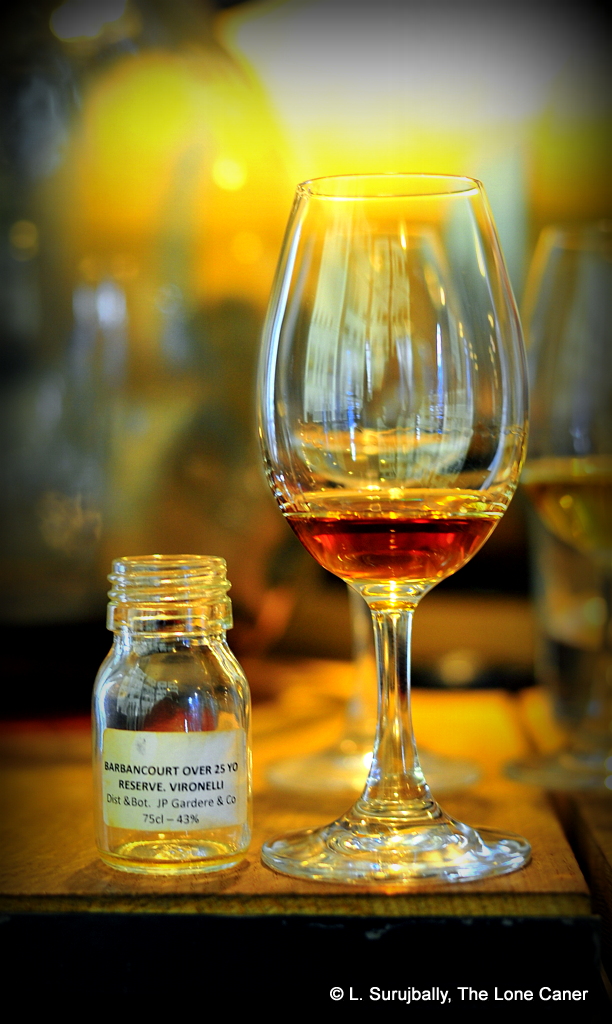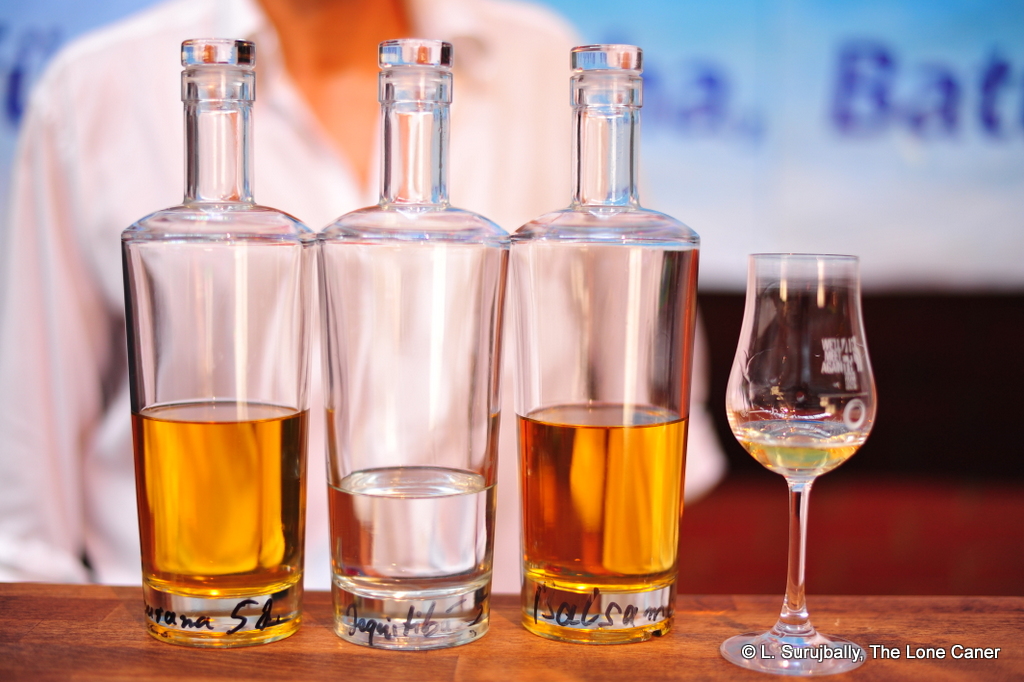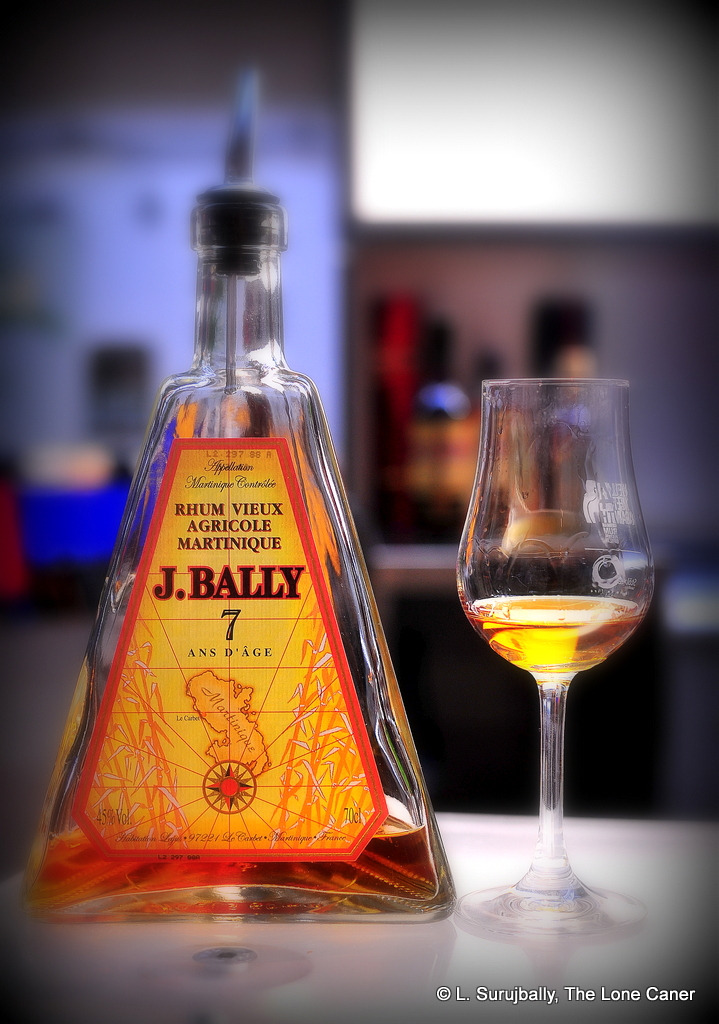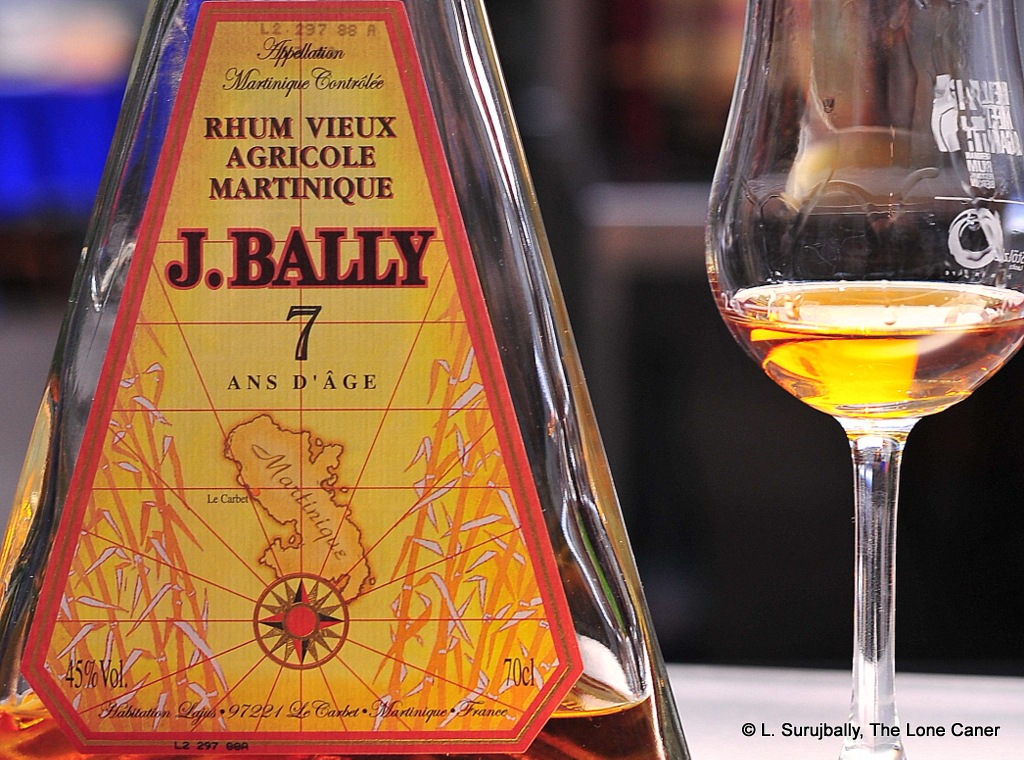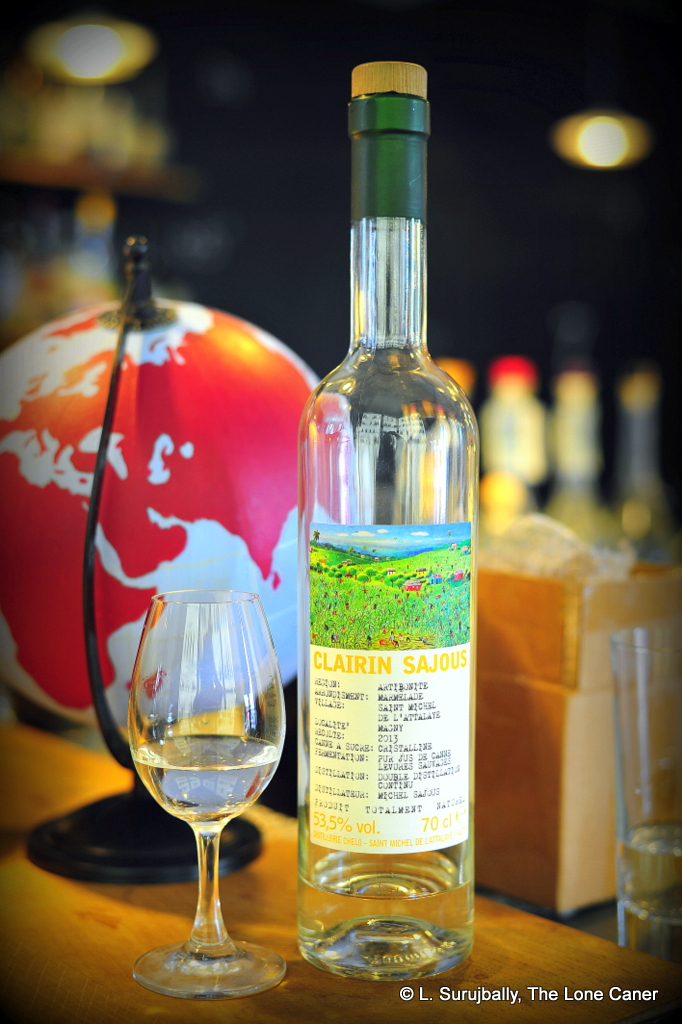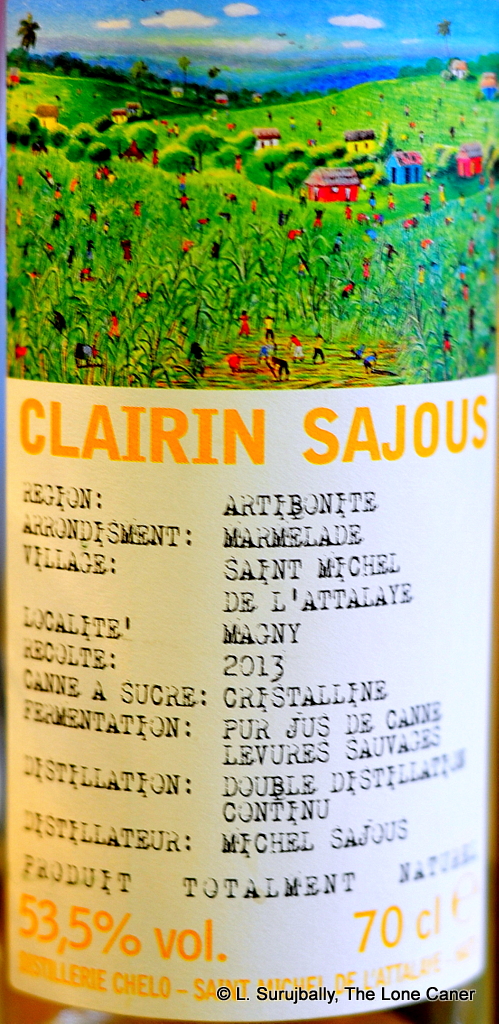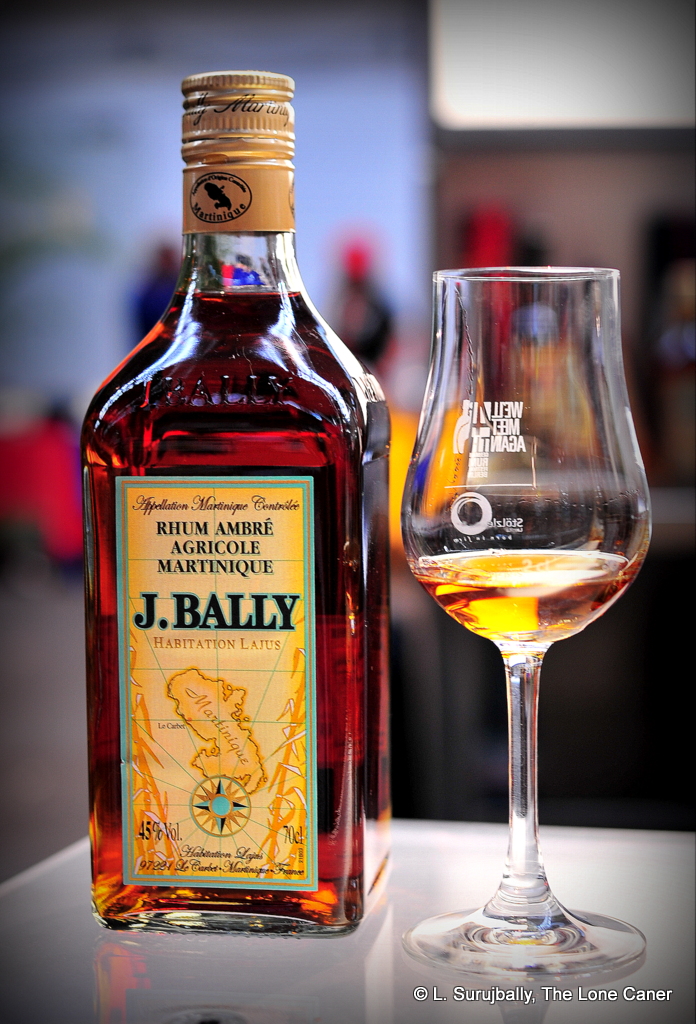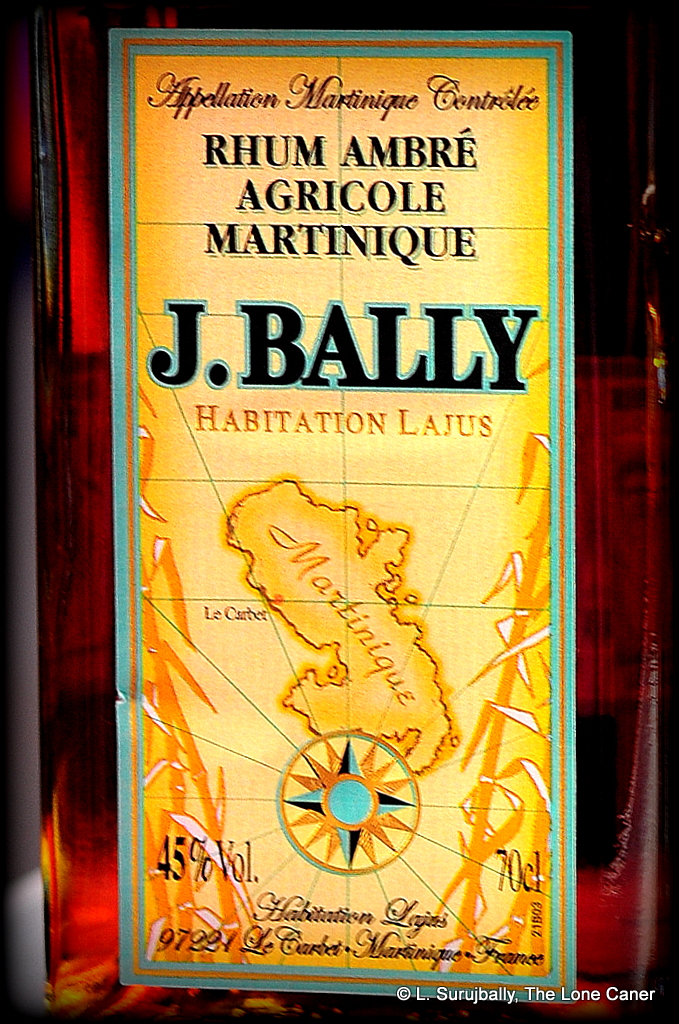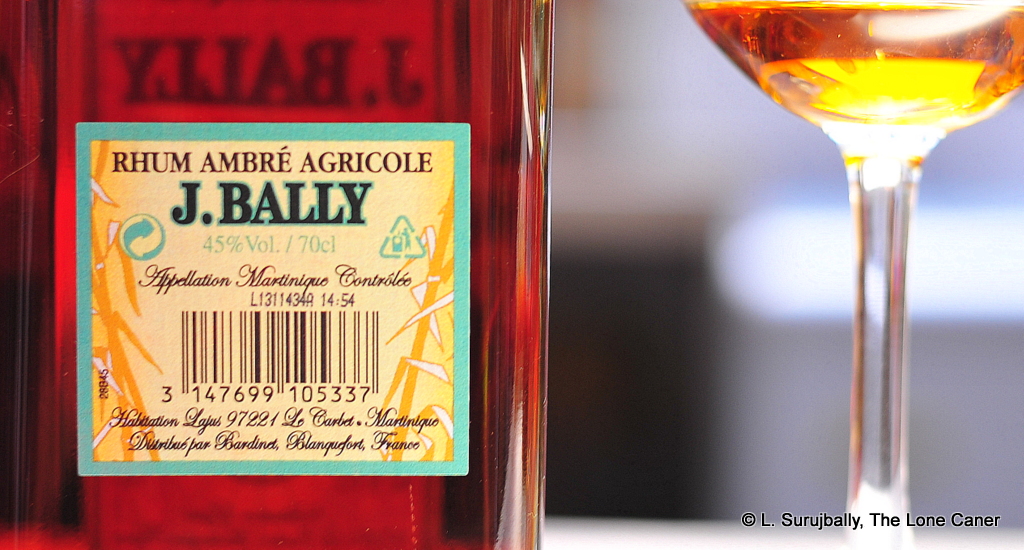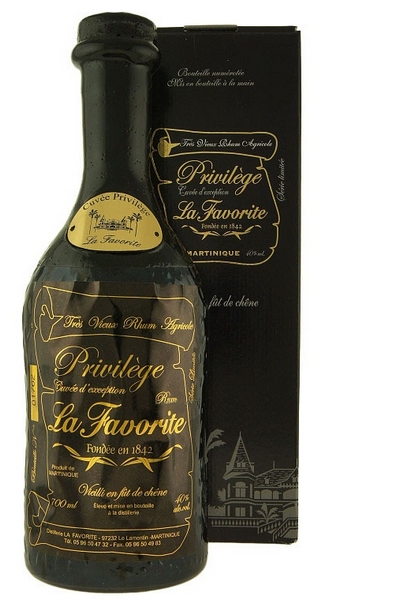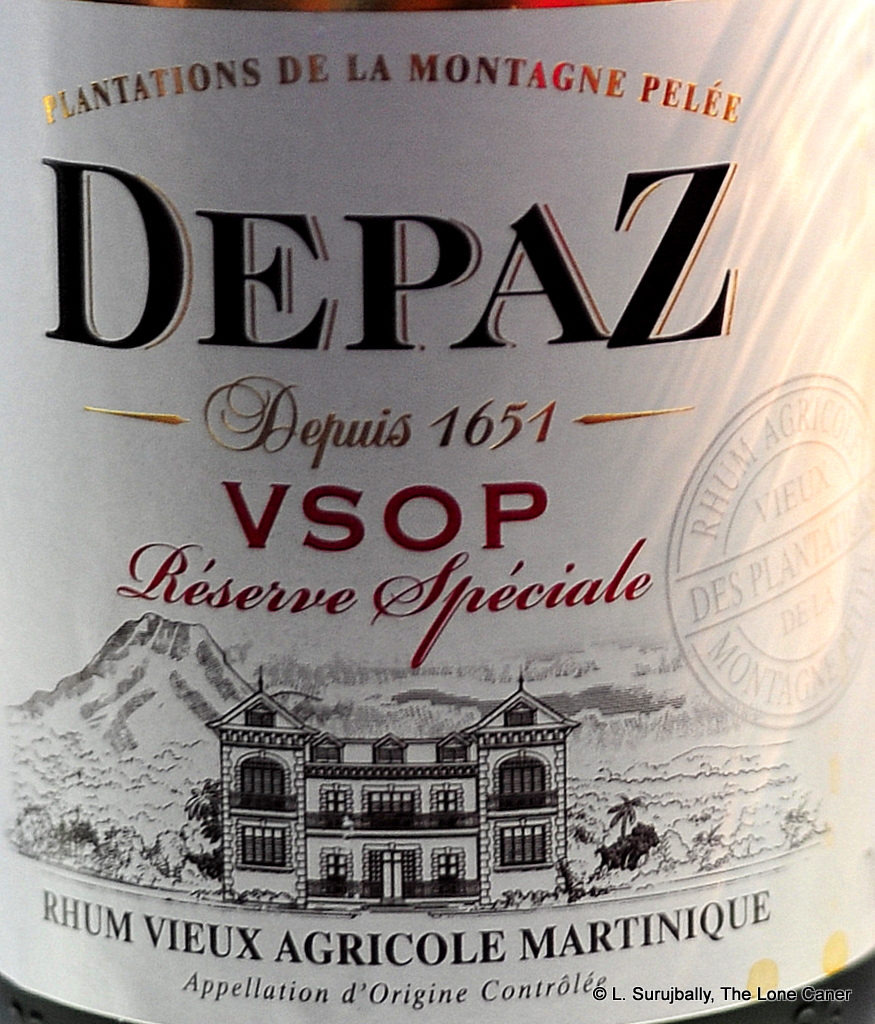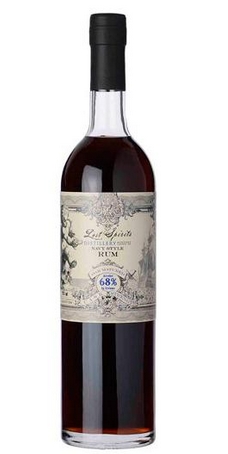
Photo Courtesy of duRhum.com
Leave aside the hype and controversy, and try this without preconceptions. You may be surprised, intrigued and even pleased with the result. I was, I was and I wasn’t, not entirely…but you might be.
If by now you are not aware that Lost Spirits out of California has developed a “molecular reactor” that supposedly mimics the ageing of a twenty year rum in six days, then you have not been paying attention (or aren’t that deep into rum geekdom). The idea is not itself altogether new, and detractors have sniffed that snake oil sellers have been talking forever about using magical means, family recipes and all kinds of fancy methods to speed up ageing and the profile of old spirits, in products that aren’t actually aged. Still, with the continual advances in modern tech, it’s not unreasonable to imagine that some smart guy in a garage somewhere can perhaps do such a thing. Certainly Lost Spirits makes that claim. They have intense enthusiasm, hand built stills, and a good knowledge of chemistry and biology to assist in replicating more traditional methods of production without actually using many of them. The output is more important than the process, you might say.
The Navy Style rum they have made is a booming near-overproof rum that smartly elevates the North American drinking public’s perception of rum by issuing it at 68%, and which comes in a tall slim bottle that has an old fashioned label channelling the aesthetic design philosophy of both technology and 19th-century industrial steam-powered machinery (that’s what Josh Miller called “steampunk” in his own recent review of the rum). Just to get the background out of the way, this thing is unadulterated, without additives of any kind, including colouring. It is made from baking grade molasses and evaporated sugar cane juice (I suppose we could call that “honey”).
The nose was intriguing: an interesting fusion of very hot aromas, both familiar and strange. Initially it presented with vanilla, prunes, black grapes, some molasses, a faint hint of anise, some oak, and a bit of clean citrus. But sharper ethanol and less appealing mineral notes of wet charcoal and saltpetr emerged at the back end, and here I was left wondering where the meld of Jamaican dunder and fruitiness of the Demeraras and Bajans was hiding itself.
Similar thoughts came to mind as I tasted it. Yes it was bold and very heated – we could hardly expect less from a rum this strong – I just thought it was all a bit discombobulated. There were salty, green-olive notes, some soy and grappa and red wine, all mixed up with an undercurrent of molasses. It was quite rough, and stampeded across the palate without the finesse that other rums of that strength have shown is possible. Adding water ameliorated that somewhat, and brought other flavours out of hiding – brown sugar, vegetals, dried grass, more undefined citrus zest, and a tang of more red grapes, caramel and molasses, all tied up with sharper oak tannins and ginger root. The finish, as befits such a strong drink, was long and dry, with little that was new arriving onstage – oak, some wet coffee grounds, more of that strange mineral background, and a twitch of herbs.
Lost Spirits have made a rum that they want to show off as a poster boy for their technology: whether they succeeded in creating a Navy rum is questionable. There are quite a few variations of the type – Lamb’s, Pusser’s, Wood’s 100, Potter’s, the Black Tot to name but a few – so much so that true or not, right or wrong, those are the profiles that the consuming public sees and expects to be represented by the sobriquet “Navy”. On that level, the Lost Spirit rum doesn’t come up to snuff. And while other reviewers have remarked on the esters they sensed (which is part of the selling point of the rum, that genuflection to old-style dunder pits), I didn’t find there were that many complex spicy, fruity and floral notes that would give any of the more traditional rum makers cause to choke into their tasting glasses.
Recently mon ami Cyril of DuRhum took apart three Lost Spirits rums, and flat out declared that in his estimation they could not possibly class with the very rums they were seeking to supplant. Both Josh at Inu-a-kena and Tiare over by A Mountain of Crushed Ice were much more positive in their evaluations, as was Serge at Whiskyfun. I am neither as displeased by Lost Spirits as Cyril was, nor as enthusiastic as my other friends – to my mind the company and its tech still have quite some way to go if they intend to take on really aged big guns made by master blenders with many generations of experience backing them up. Western nations are great proponents of the notion that technology can conquer everything, and maybe they’re right…but only sometimes.
However, let’s not throw out the baby with the bathwater, and give Lost Spirits credit for what they have achieved. I liked the strength and intensity, for example – LS has had the balls to take American rums past the 40% that dominates their market. The taste was intriguing, original, not entirely bad, and there were many aspects of the profile I enjoyed. Where it fails is in its resultant product, which wanders too far afield while failing to cohere. And therefore it falls short on its promise: the promise that they could produce a profile of any aged rum without actually ageing it. That simply didn’t happen here.
I’m a firm believer in technology and its potential – but as with many brand new ideas and their execution, the hype so far is greater than the reality. The subtleties of a great aged rum are so multi-faceted, so enormously complex, and so chaotically intertwined with age and barrel and distillate and fermentation and even terroire, that while one day I have no doubt a combination of physics, chemistry and biology (and chutzpah) will fool a taster into believing he’s got an undiscovered masterpiece on his hands, this rum, for today, isn’t quite it.
(#242. 83/100)
Other notes:
- Control rums this time around were a few old Demeraras, the BBR Jamaica 1977, Woods 100 and of course the Black Tot. It’s in the comparison that the LS Navy 68% snaps more clearly into focus and you see where it both succeeds and falls short.
- Note that Navy rums, according to Mr. Broome’s informative booklet on the ‘Tot, only had a small percentage of the blend come from Jamaica (sailors didn’t like it). Yet most of the online literature on Lost Spirits places great emphasis on how they are recreating the resultant profile of dunder pits and high ester counts (more or less associated with Jamaica), when in fact this was not the major part of the navy style of rum.
- Also… just because I don’t (thus far) endorse or highly praise this line of rums, doesn’t mean others don’t. North Americans are quite positive in their assessments, while European writers thus far remain silent (perhaps due to availability). So some references for your research, should you be curious:
- Josh Miller from Inu a kena on the Navy Style rum, and the comments below the review are useful
- Rum Dood in 2014 on the Cuban inspired 151 rum
- Tiare from a Mountain of Crushed Ice on the Navy style rum
- Dave Russell from the RumGallery on the Cuban 151 and the Navy rum. His site also has a section on the technical details and photos based on a personal visit.
- Matt Pietek, the Cocktail Wonk, probably has the most written about the company in a series of articles dating back to 2014 — these are more about process and background, but also with some short tasting notes of many of the line.
- A good review and really penetrating insight into what an aged spirit means to people, went up on Reddit in October 2018. It’s a phenomenal review
- In 2021 I wrote a completely theoretical think piece on what the potential impacts of true, workable superfast ageing could be.
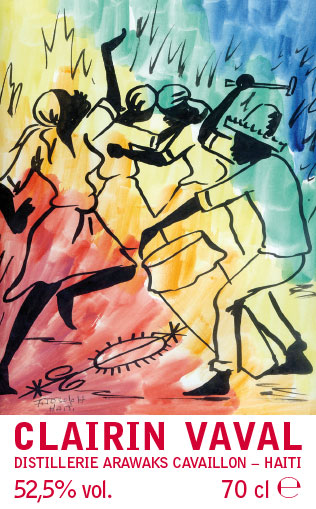
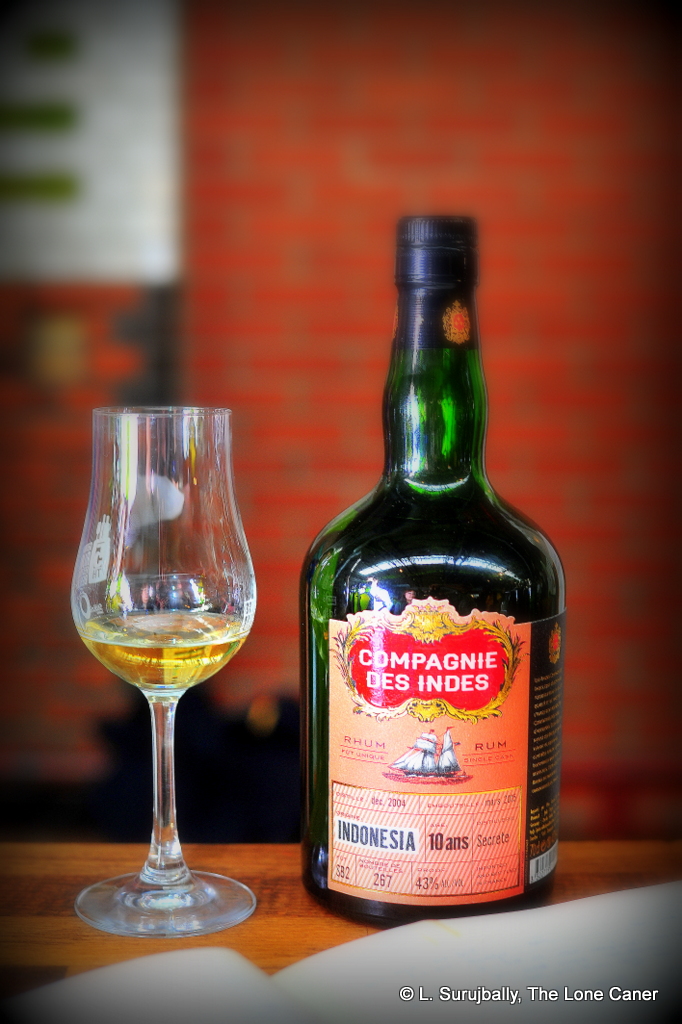
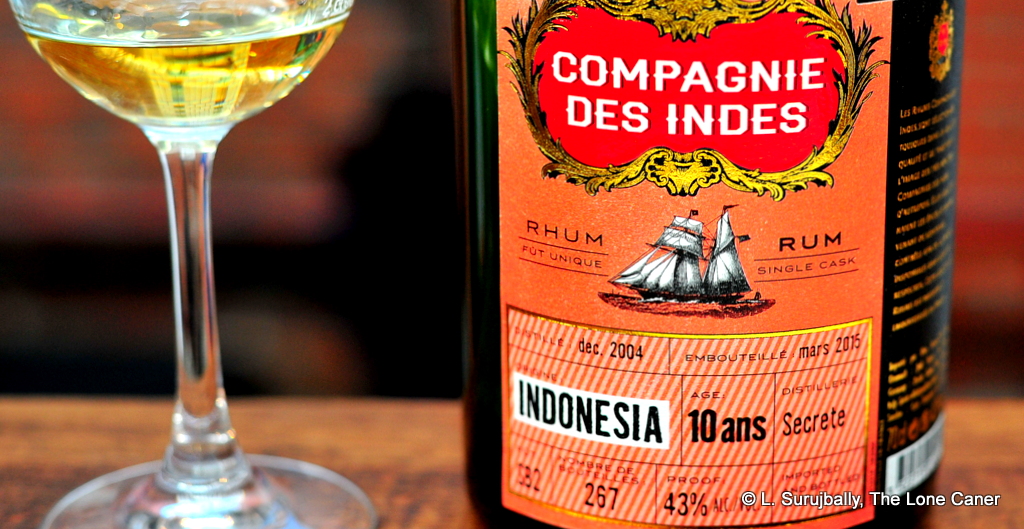
 Rumanicas Review 010 | 0410
Rumanicas Review 010 | 0410

